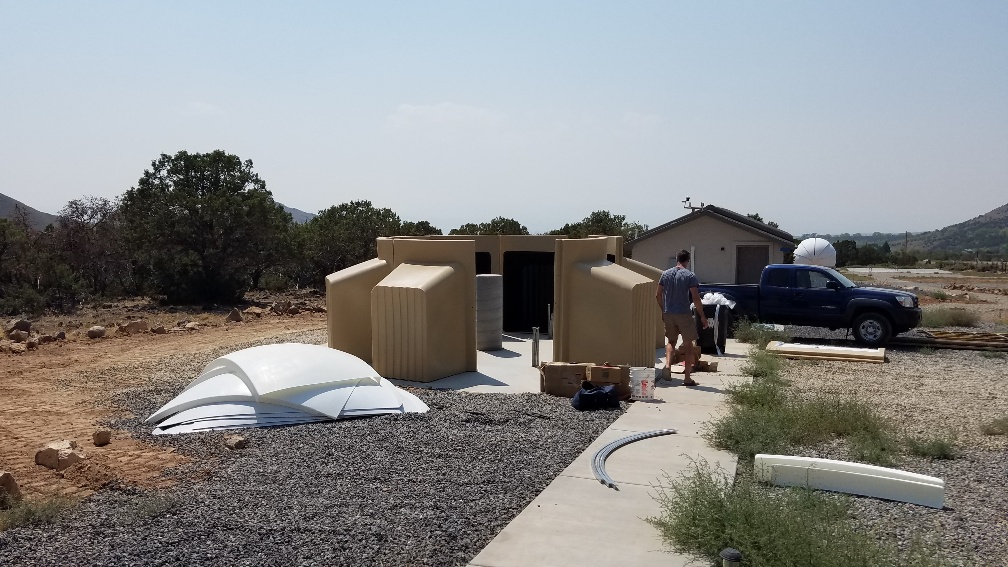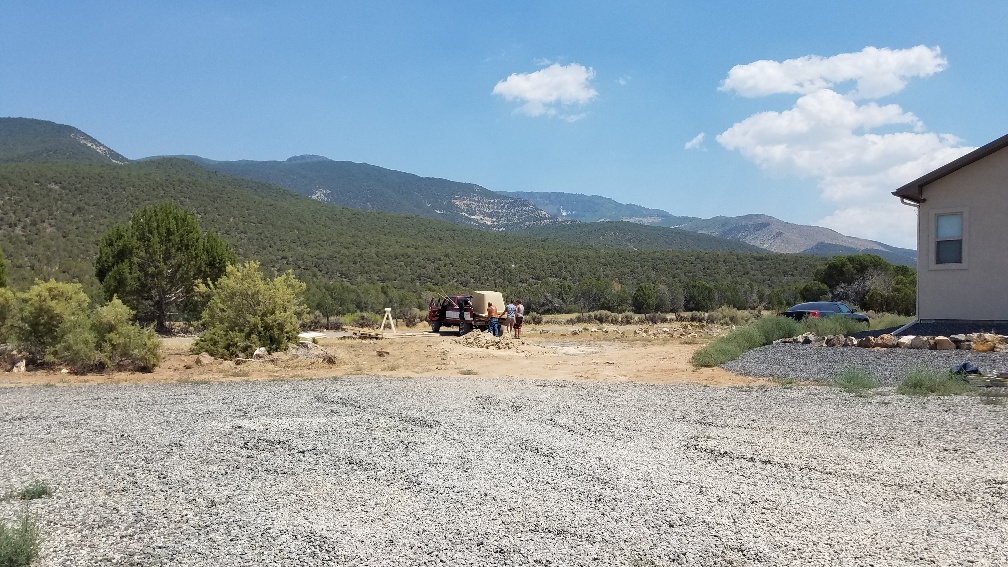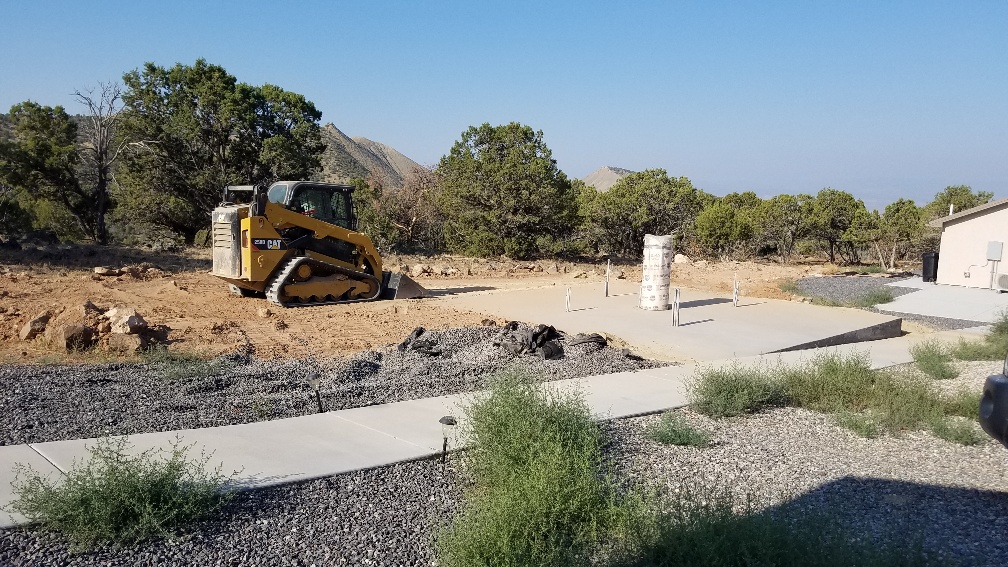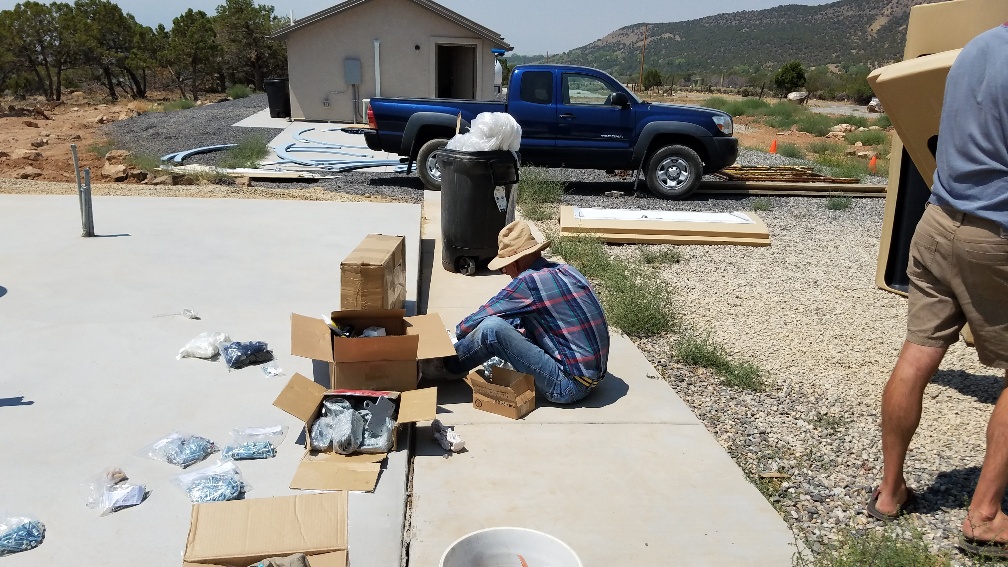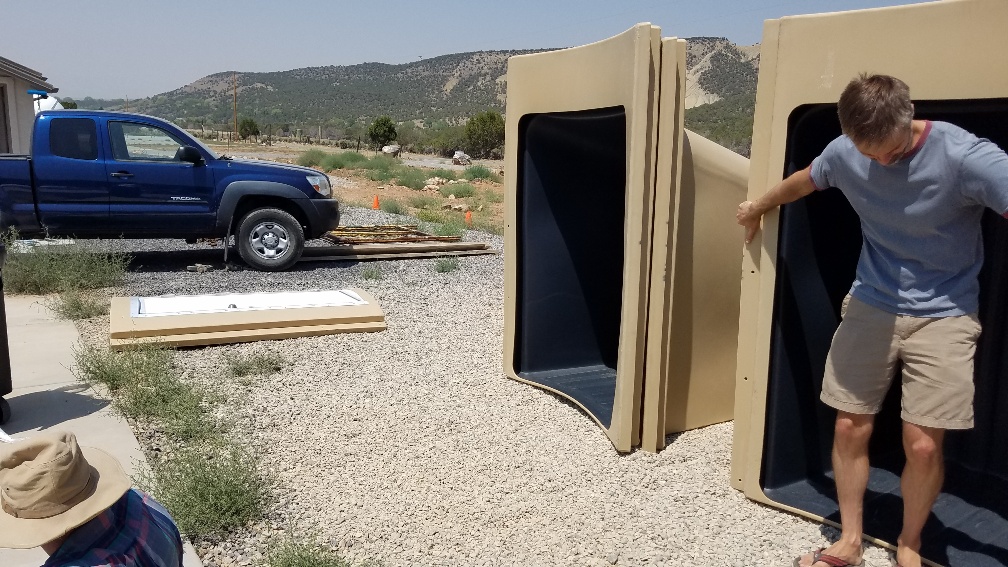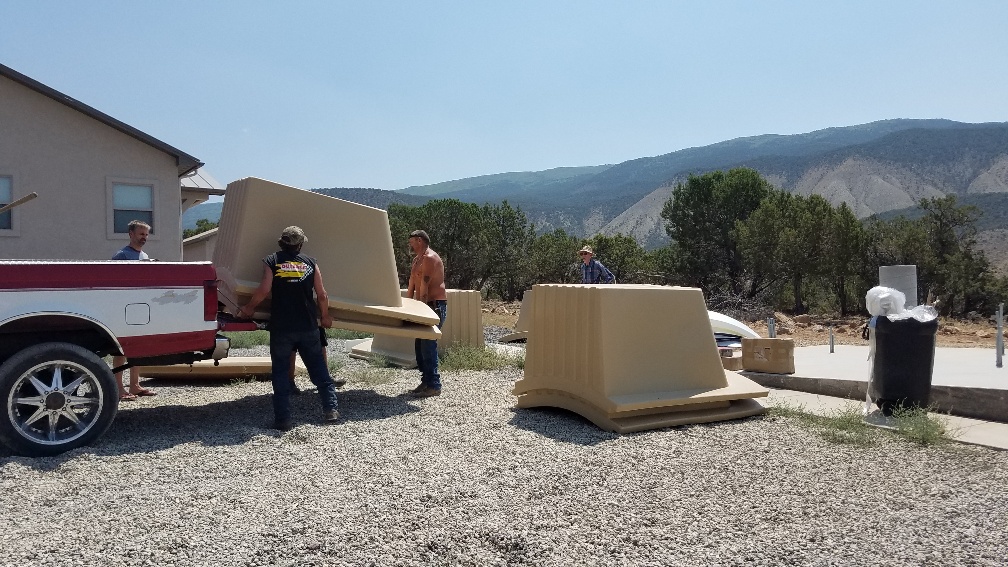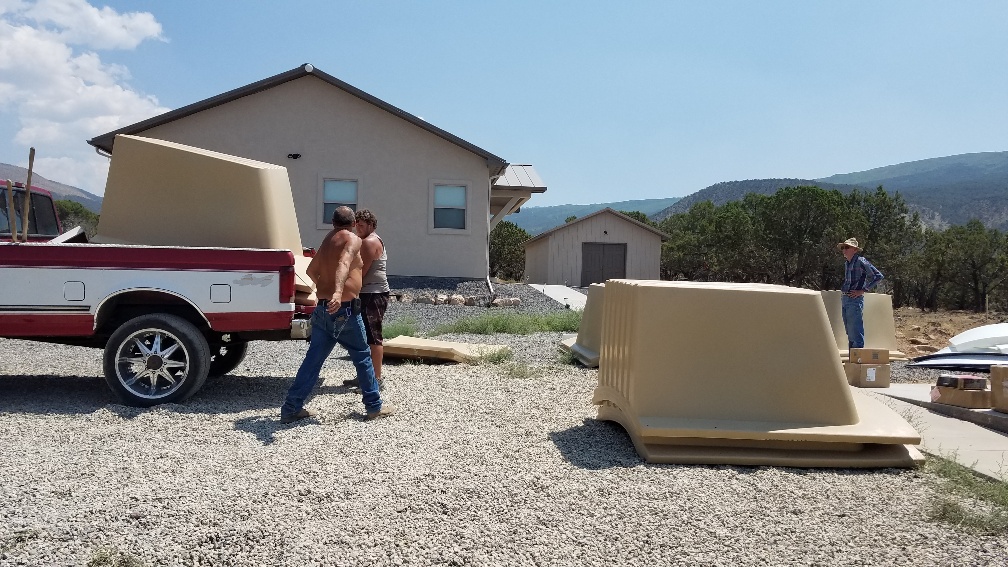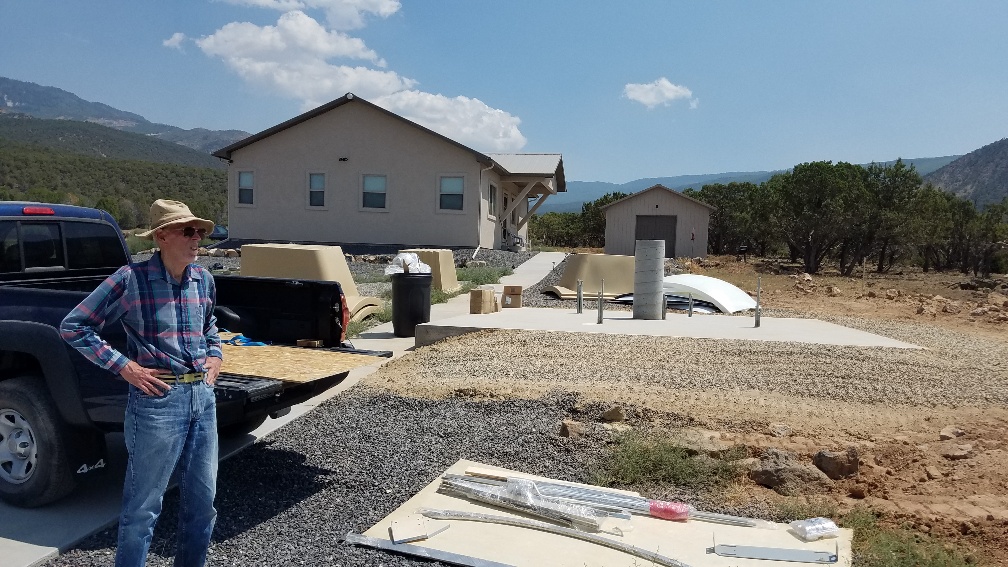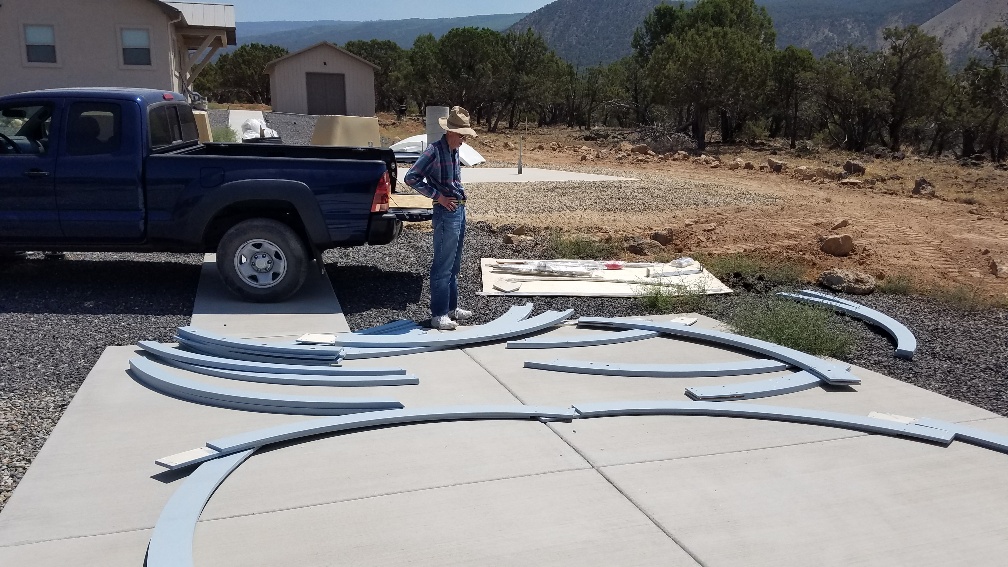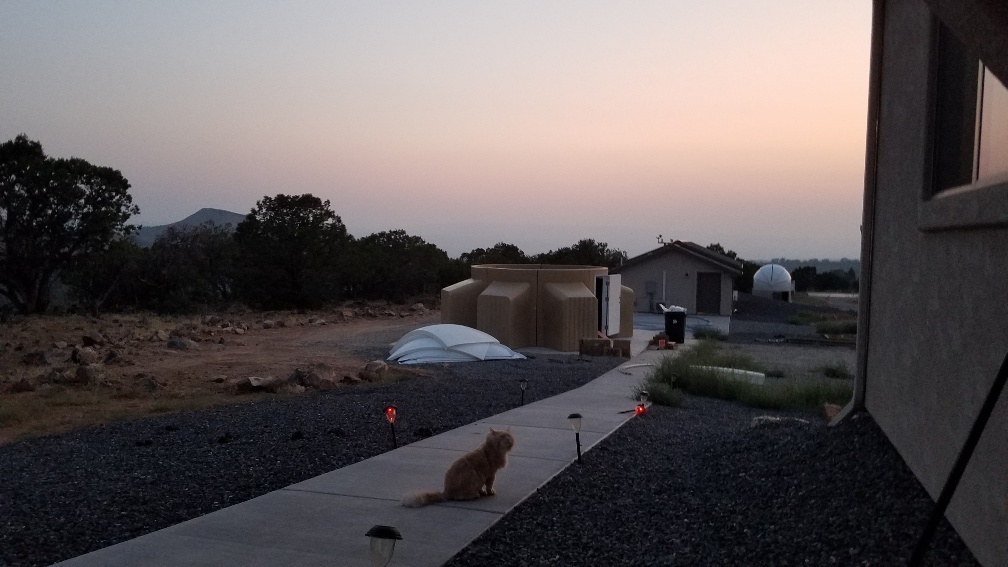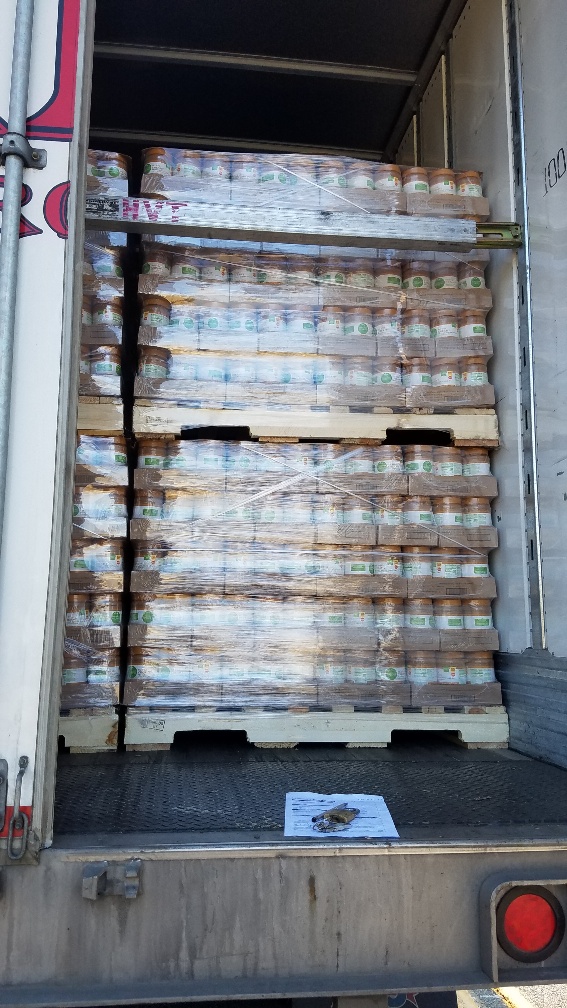The staff at GMO are very proud of a email we received from Josh Tan a associate professor at City University New York and we would like to share it here.
GMO has been integral in the CUNY Astro undergraduate research program that has allowed for students attending college in New York City the opportunity to learn the tools and techniques of observational astronomy in spite of the heavily light-polluted skies of New York and the lack of facilities. The remote observing capabilities of the observatory have helped dozens of students be exposed to the practice of research astrophysics at each step from the planning of observations, to the technical challenges of operating a telescope and imaging instrument remotely, to the data acquisition, storage, and reduction, and finally with the creation of data products of high enough quality to be used in astrophysics journals. Students from community colleges, four-year colleges, and graduate school have all benefited from the generosity of Grand Mesa Observatory as it has allowed students to collect the data necessary to verify and better characterize exoplanets.
Our start with GMO began in 2018 with the first student, Christian Singleton, at the time a CUNY Research Scholars Program fellow and currently a continuing volunteer with GMO observing projects. He had the unique fortune of being able to visit Grand Mesa Observatory with Prof. Zachary Richards (now of York College) and presented his work at the American Astronomical Society conference in Honolulu, HI in January 2019. Followed by City University of New York students Keisi Kacanja, Brynner Hidalgo, Ludia Adhikary, Daniel Gallego, Jake Postiglione, Owen Henry, Mike Vivas, Jovanny Guzman, and Miguel Pacheco, the collaboration with GMO has resulted in at least one dozen posters and seminar presentations and two publications of data with Daniel Gallego and Jake Postiglione co-authors on papers characterizing transits to prepare for James Webb Space Telescope operations. We have had three undergraduate students go on to graduate school in astrophysics in part due to their research with GMO, and at least five community college students have chose to major in physics and related fields at least in part to their exposure to this research experience.
GMO has been an invaluable resource for our student observers and it provides a unique widow into the possibilities of research astrophysics for them. We are greatly indebted as an academic institution to this collaboration.




